Humidifiers can be a lifesaver during the winter months when the air is extra dry.
Which can lead to all types of symptoms including difficulty breathing, dry mouth, dried and bloody noses as well as exasperate COPD and snoring.
Picking the right humidifier can be a little on the daunting side because of the wide selection and the amount of bells and whistles that can be purchased.
So what exactly do you need in a humidifier?
Of course certain features are necessary and many features can be considered necessary to the individual user.
But the main features that most people look for in a humidifier can be rounded up into just a few.
We will try to give you an ideal of exactly what you’re going to want to look for in a humidifier.
Quickly Jump to the Feature You’re Looking For:
Type
There are more than one type of humidifier. The main ones being the cool mist humidifier and the warm mist humidifier. The most popular is the Cool Mist Humidifier.
Cool mist humidifiers do exactly what they sound like. They emit a cool mist into the air to balance out the humidity levels in your room.
Mayo clinic has a popular web page that they report that cool mist humidifiers are more effective when dealing with cold symptoms.
But cool mist humidifiers do not typically offer the capacity to add any type of essential oil or menthol cold additive that warm mist humidifiers do.
Combination warm and cool mist humidifiers are a good solution if you prefer the Best of both worlds.
The type of humidifier also includes the way the machine actually humidifies the room.
The 3 techniques primarily used are:
1. Misting
2. Ultrasonic. Ultrasonic humidifiers work through vibration that fills the air with water droplets by shaking.
3. Vaporizing- These heat water to a boiling point to create steam.
Size and Square Footage
Humidifiers come with different size tanks.
The size of the tank not only determines how large of a square space you can expect a humidifier to work in, it also determines how often the tank will have to be refilled.
Which if you get a tank that is too small, you will soon know what kind of hassle you have walked into.
Tank sizes rain from .9 gallons all the way up to 3 to 5 gallons.
A humidifier with a small tank will run from about 12 -16 hours.
Ease of Use
A. Easily to clean
One of the biggest determining factor and how easy A humidifier is to use is how easily it can be disassembled.
The reason for this is, humidifiers must be cleaned often and thoroughly to ensure that mold and bacteria is not accumulating in or around the humidifier.
One of the main features that can determine which humidifier you purchase is whether or not the machine can you taking apart easily and washed in the dishwasher.
b. Easy to fill
One thing you may not think about till you actually get ready to fill the tank and in a humidifier is how easy is it to fill the tank with water. An easy to fill humidifier should come equipped with a strong handle and the ability to fit underneath your faucet.
Noise Levels
Noise an important factor to think about when getting ready to purchase a humidifier. One of the main reasons that noise can be a issue with humidifiers is how close in proximity that you use the humidifier when you are sleeping.
Humidifiers can offer a great deal of relief when you are suffering from cold symptoms or sinus, especially when you are sleeping. But the noise level of some humidifiers can also be a hindrance to sleeping well.
On the flip side, the humming of a humidifier near your bed can also be considered a blanket of white noise that can aid in getting rest.
Whether you are a white noise or no noise type of person, many humidifiers come with intelligent sleep mode to make your humidifier run even quieter.
Auto Shut Off
Auto shut is a feature that will shut off your humidifier when it runs out of water. It is a feature designed to give you peace of mind that your humidifier is not going dry and continuing to run while you are gone or asleep.
Mist Control
Many humidifiers on the market today have the capacity to control the amount of Mist coming from the machine. This is a feature that was rarely found in the typical drug store table top humidifier you would purchase yester year.
The direction of the Mist can also be dialed in with a easy 360° nozzle that can be pointed anywhere you like without having to completely move the humidifier.
Humidistat
Though adding humidity in a dry and arid climate can be a source of relief inside of your home, the opposite can be true when there is too much humidity. It is possible to add too much humidity to the air even when the humidity level outside is zilch.
Having a built-in humidistat and humidity sensor with auto on and off functions can keep the humidity in your home to the exact level you set it.
Aromatherapy Tray
Aromatherapy can add all types of benefits to your lifestyle and create a healthy atmosphere as well as medicinal properties to your airstream.
Many humidifiers come with a essential oil tray to add your favorite oils into the mist coming from your humidifier
Smart App
As you probably already guessed, humidifiers have moved into the age of smart technology along with every other type of device.
Many humidifiers give you the capacity to monitor the humidity in your home via your phone, as well as offer you the capacity to schedule and turn your humidifier on or off through a smart app.
Self Cleaning
Self cleaning humidifiers or another step into the future that are making humidifiers safer.
Materials like mold resistant plastic are being used in the construction of humidifiers to keep mold and bacteria from becoming a issue inside of your humidifier and your ambient air.
Other self cleaning humidifiers use ultraviolet light inside of the water tank.
Anti mold and bacteria additives are also sold, that can help keep the water in your humidifier from he coming a germ farm and in turn, creating a germ farm in the air you are breathing.








 But like anything else you see on the internet, make sure you do your due diligence and do a trial run before you go hog wild taking another person’s advice.
But like anything else you see on the internet, make sure you do your due diligence and do a trial run before you go hog wild taking another person’s advice. 
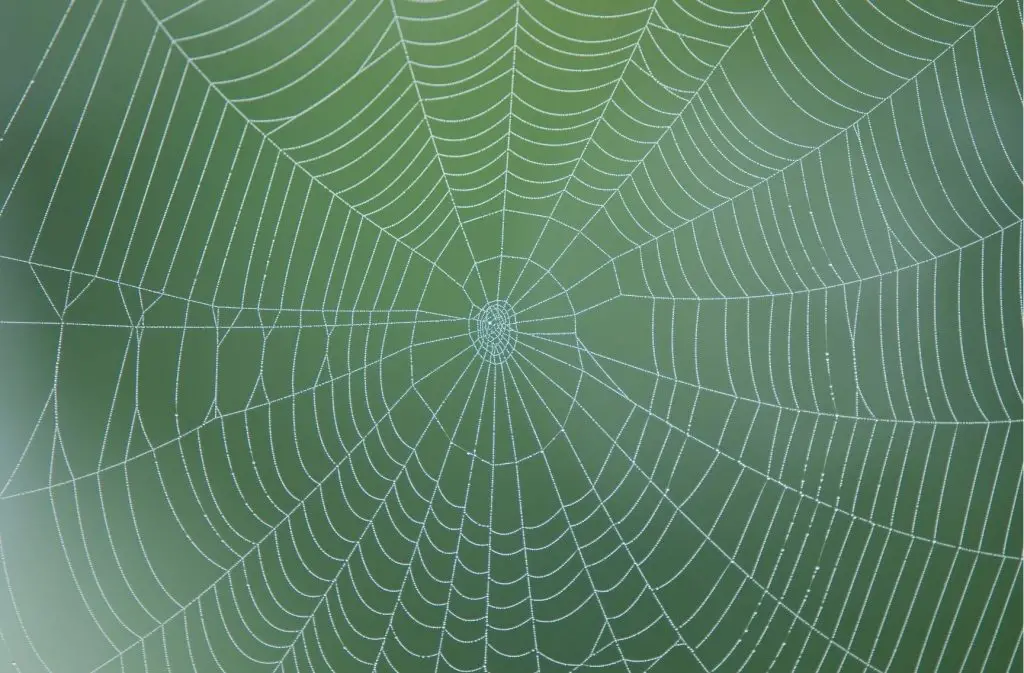
 Does Febreze kill spiders?
Does Febreze kill spiders? Does Raid kill spiders?
Does Raid kill spiders?

 Do I need a UV light for my air conditioner?
Do I need a UV light for my air conditioner?

 Many modern humidifiers already take all of these situations that can occur when a humidifier is in use into account.
Many modern humidifiers already take all of these situations that can occur when a humidifier is in use into account.
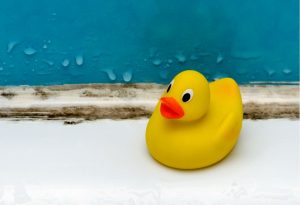 Mold inside of the house is more likely to be caused by a leaking pipe or windowsill. A leaky roof is also a common place where moisture is finding it’s way inside the house.
Mold inside of the house is more likely to be caused by a leaking pipe or windowsill. A leaky roof is also a common place where moisture is finding it’s way inside the house.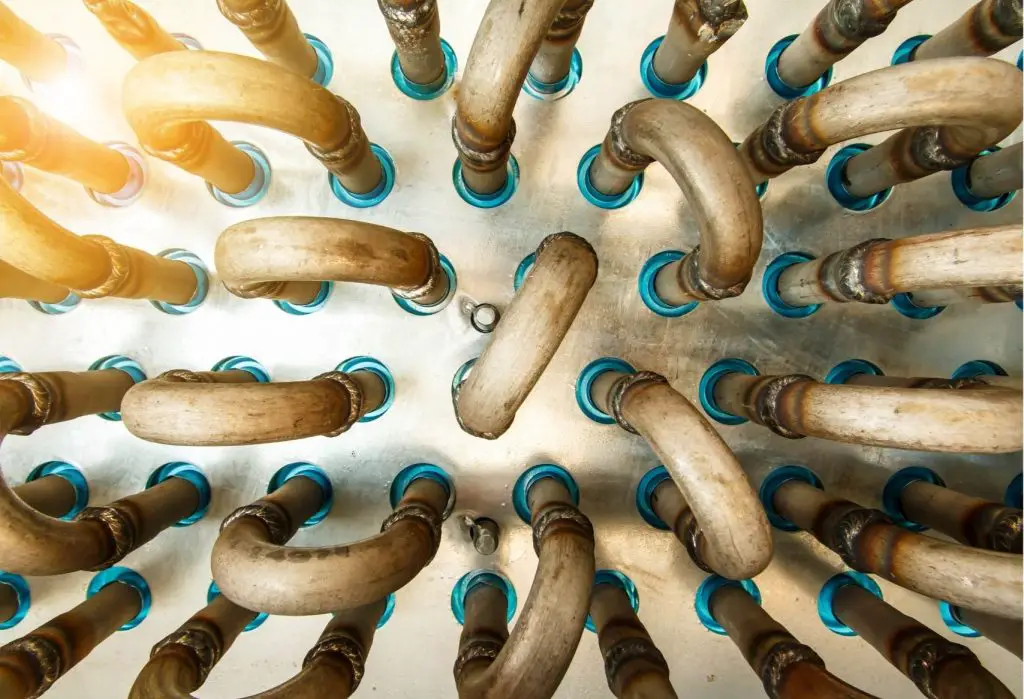 Recap
Recap



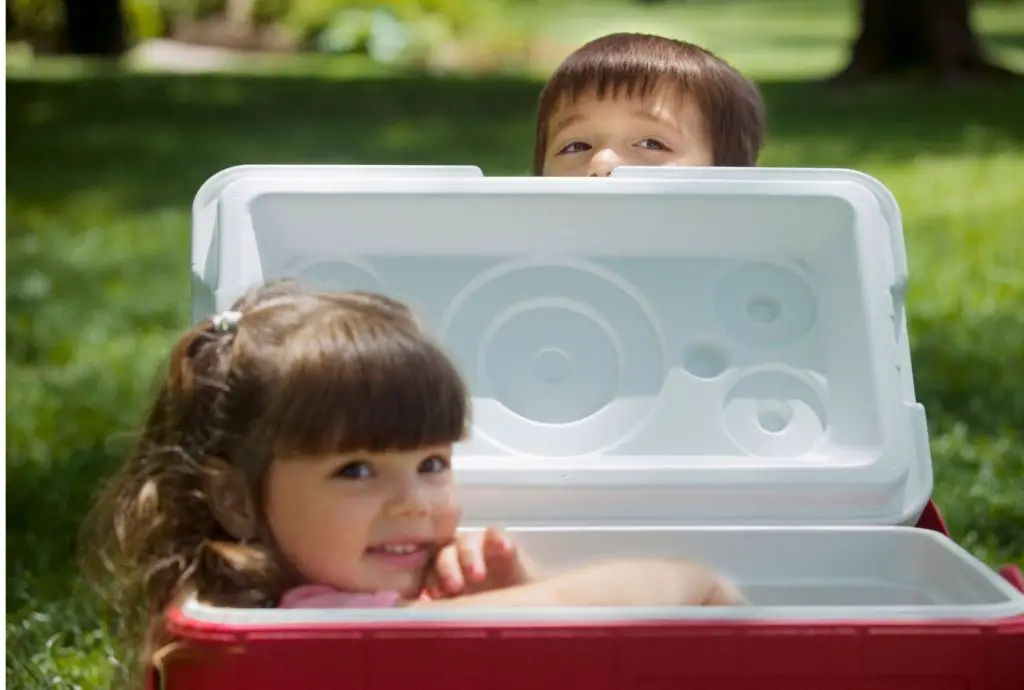
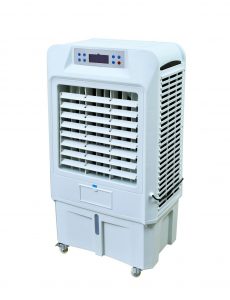
 Portable Air Conditioner
Portable Air Conditioner
 But when are essential oils not considered a health aid but rather the opposite and even worse a hazard?
But when are essential oils not considered a health aid but rather the opposite and even worse a hazard?

 Be aware how these essential oils can affect your animals and give them a way out of the room in case it is too strong for them.
Be aware how these essential oils can affect your animals and give them a way out of the room in case it is too strong for them.
 Recap
Recap Pets and diffusers
Pets and diffusers